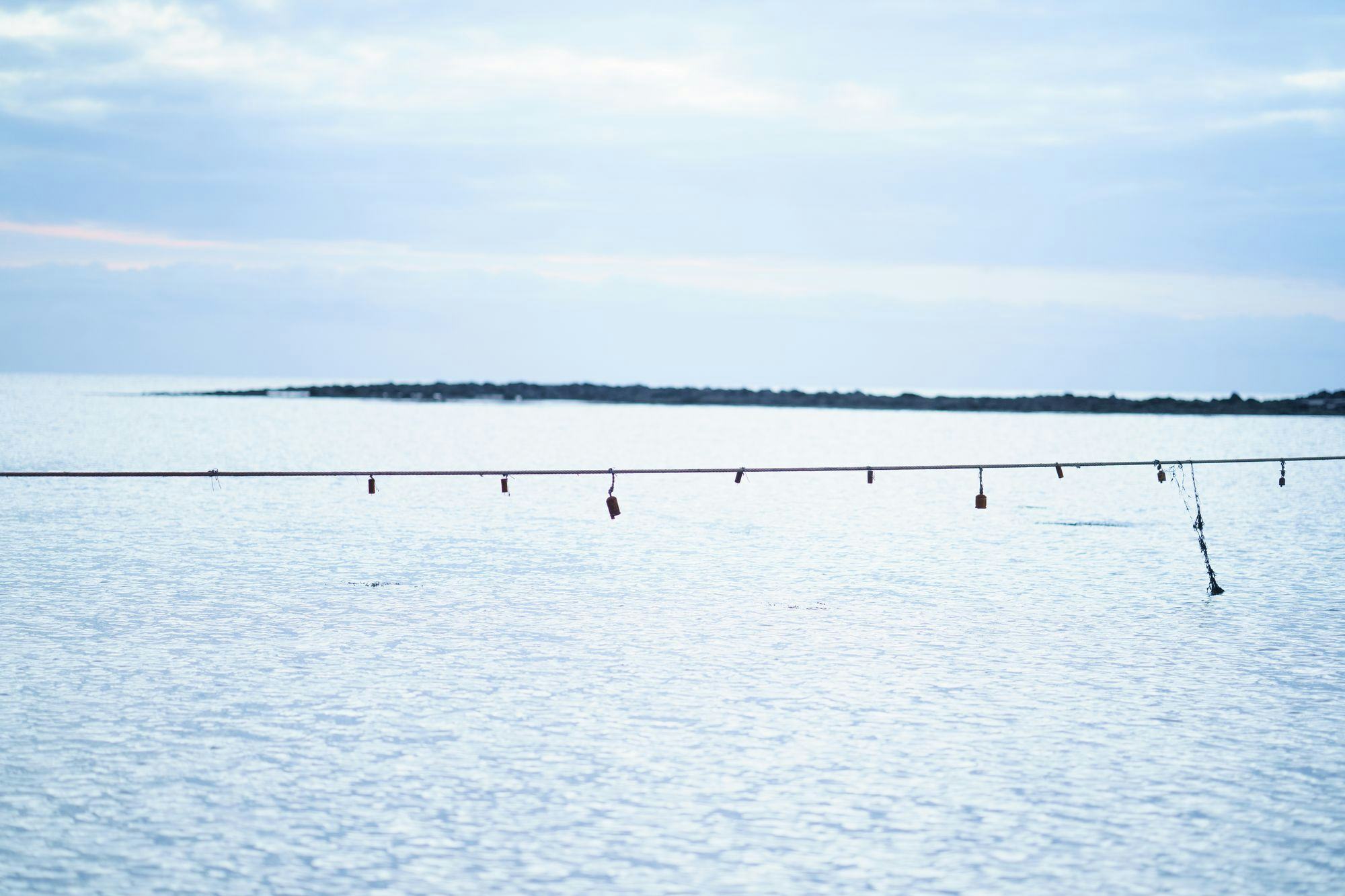Stay and turn to stone! Folklore in Icelandic Art
Samsýning / Group Exhibition

In the collection of the National Gallery of Iceland are many treasures that offer invaluable insight into the visual cultural heritage of the people in Iceland. The depiction of folklore and folktales has been a source of inspiration for Icelandic artists from the beginning of the 20th century to the present day.
In Europe, Folktales were first set down recorded in writing in the 19th century, starting with the Brothers Grimm in Germany. In Iceland, folktales were collected by Jón Árnason, who published a two-volume collection of Icelandic Folk- and Fairytales in 1862-64. The books became hugely popular. The stories even provided inspiration in the Icelandic campaign for self-determination in the latter half of the 19th century and contributed to the Icelanders’ growing sense of a national folk culture.
Folktales are stories that have been passed down orally over centuries, with both entertainment and educational value. The themes are often international, but the tales also illuminate the local environment in which they evolved. Icelandic folktales thus provide valuable insight into the Icelanders’ relationship with the harsh natural conditions of their country and the hazards they presented. The stories tend to reflect the dominant attitudes, morals and religious beliefs of the society, providing guidance on how to behave, how to respond to the unknown, and how to conquer one’s own fears.
Artist: Samsýning / Group Exhibition


-icelandic-pavilion-2000x2667.jpg&w=2048&q=80)

